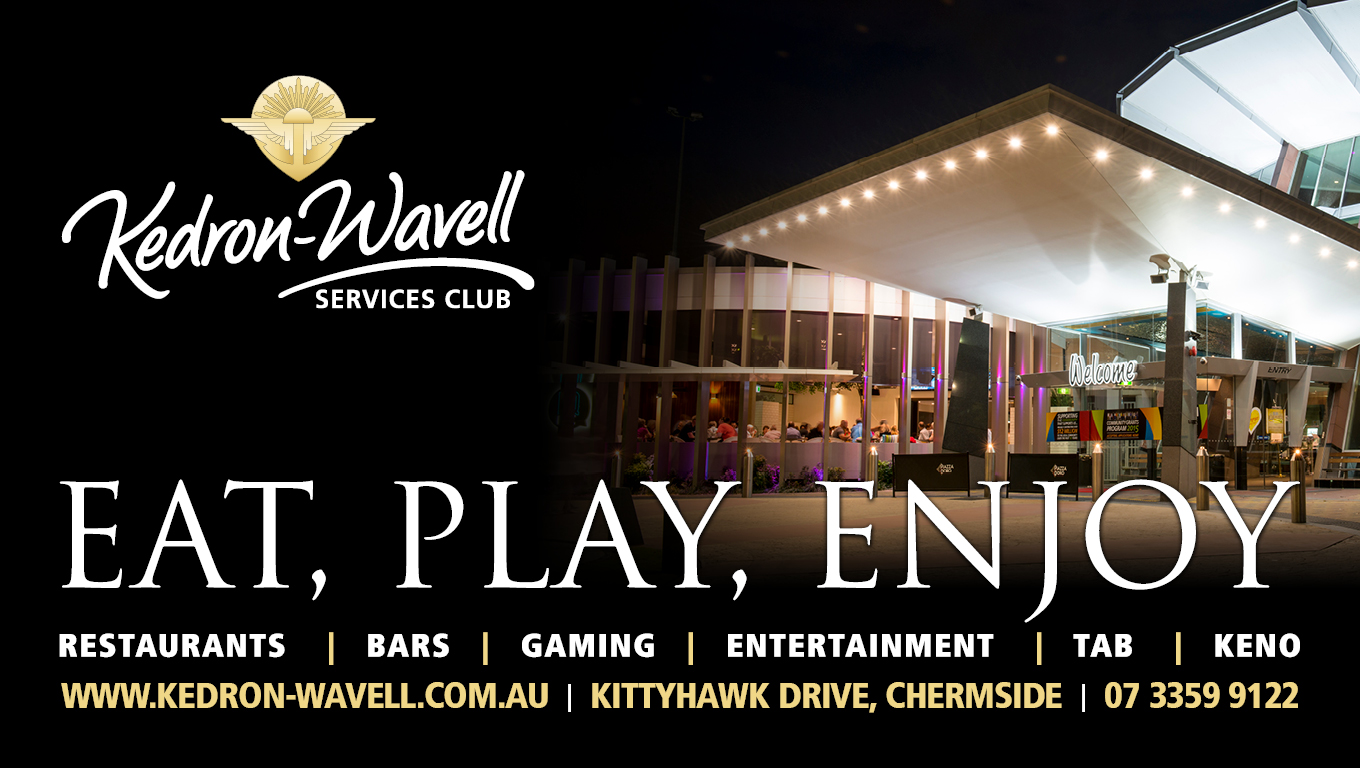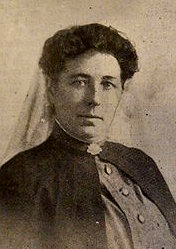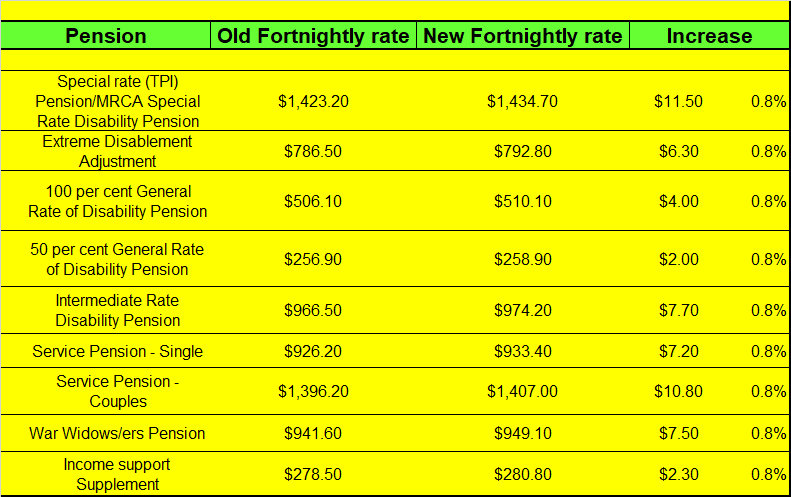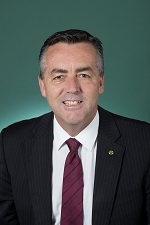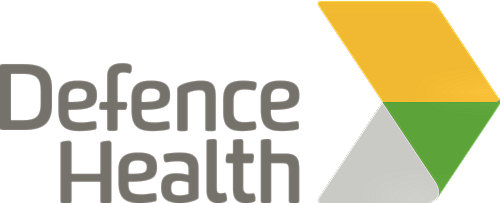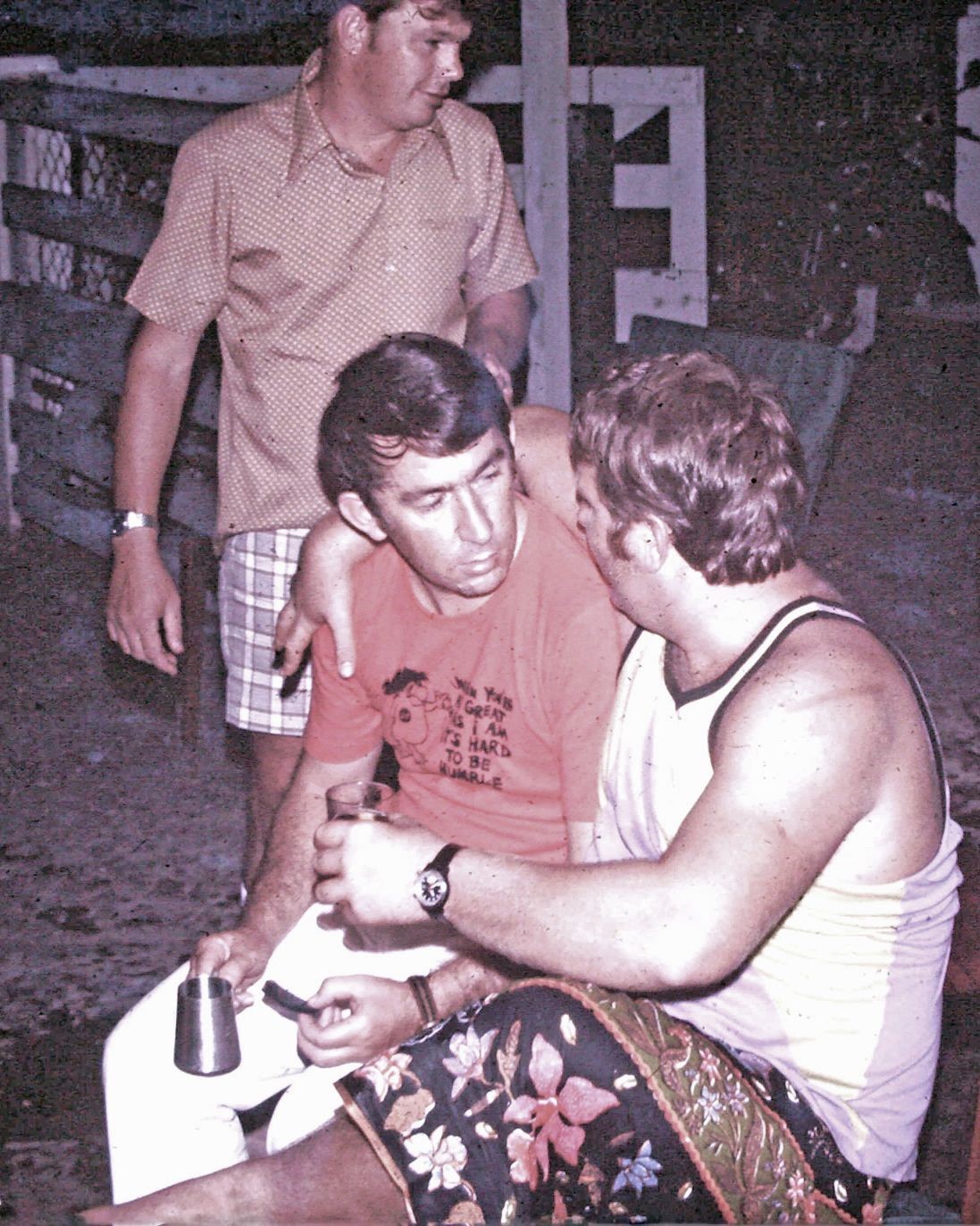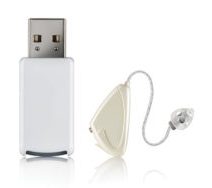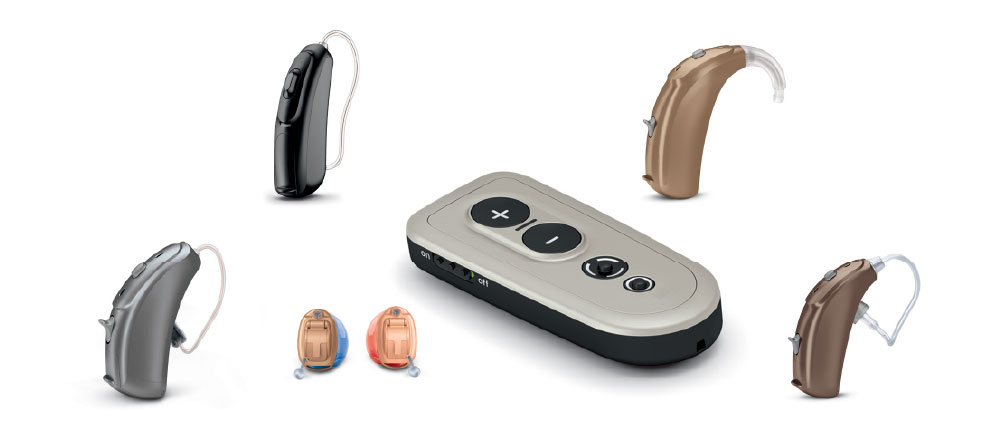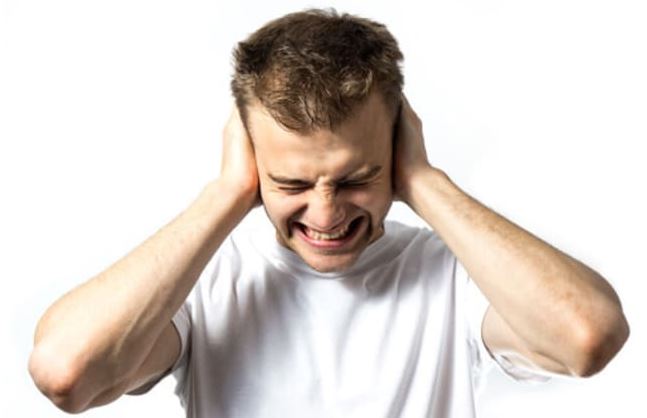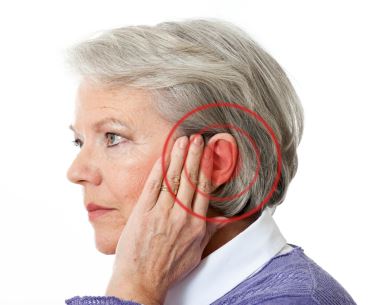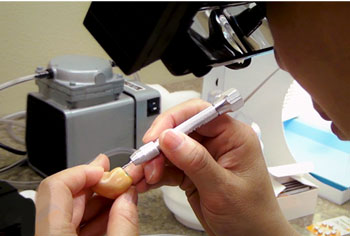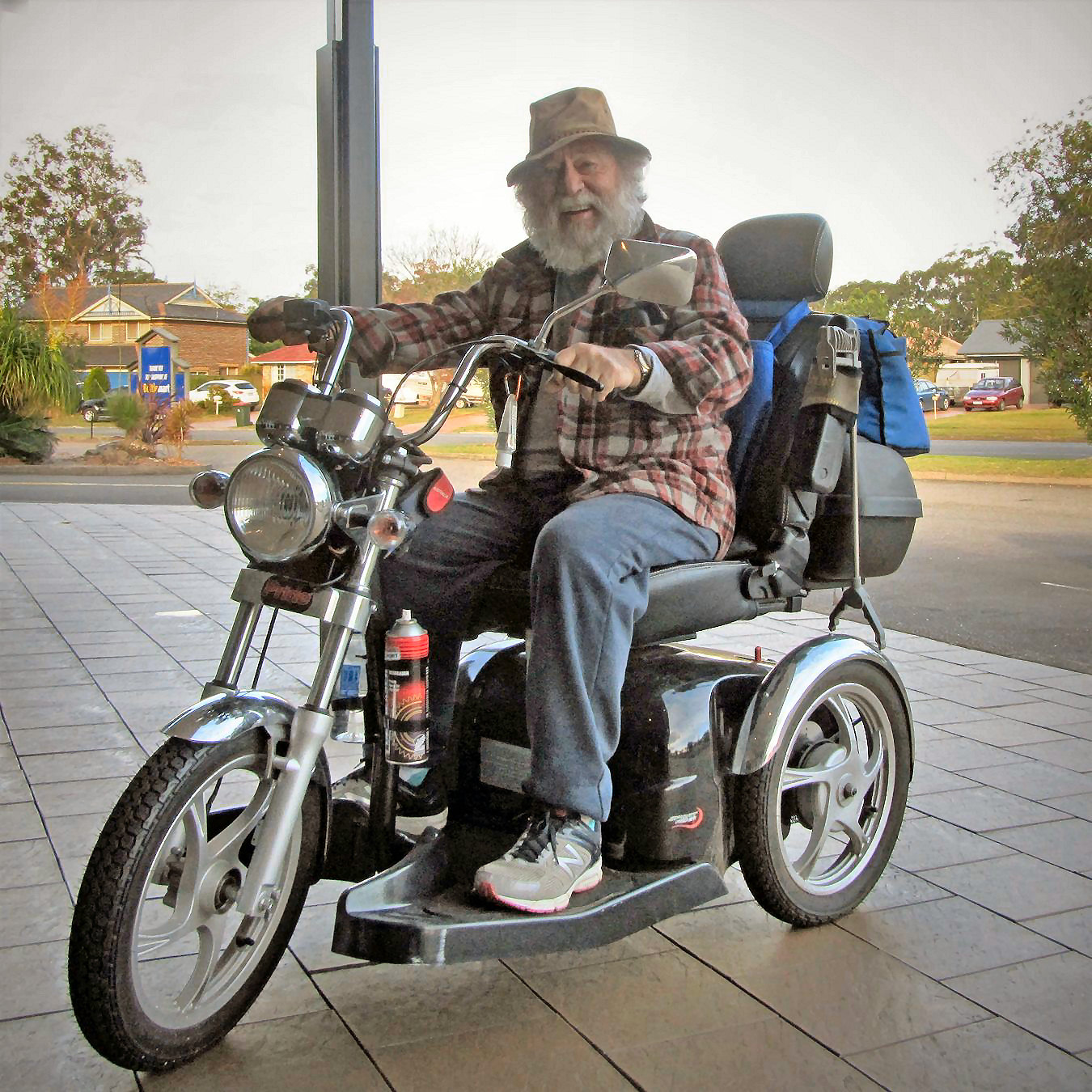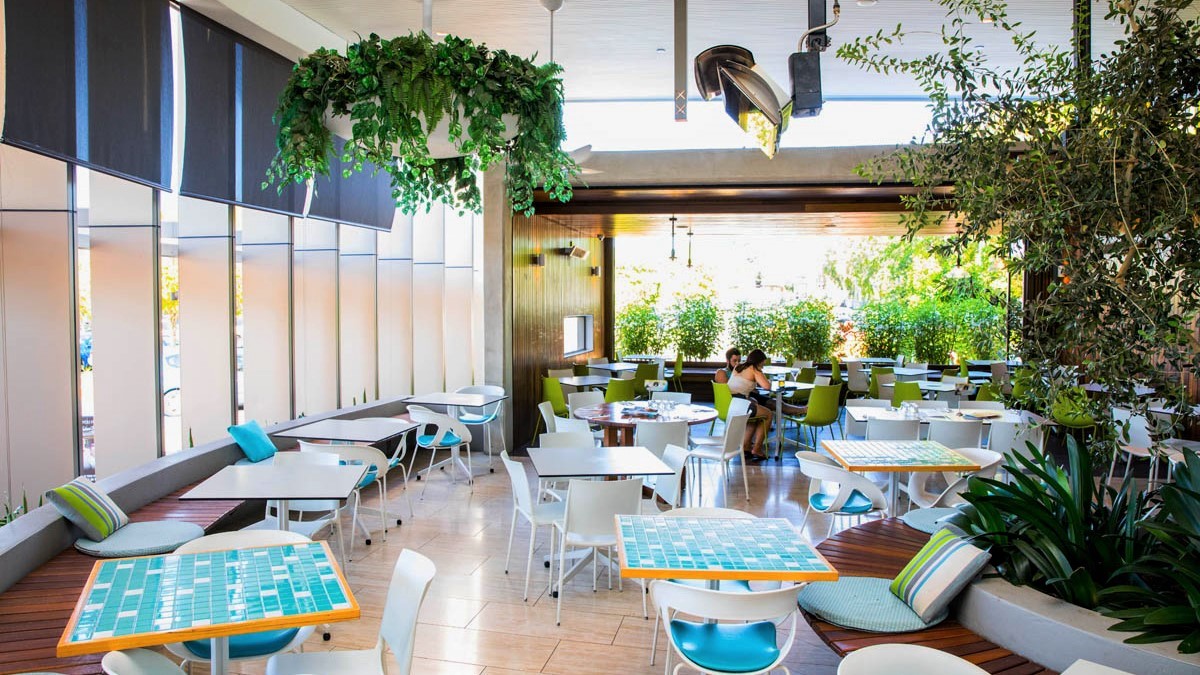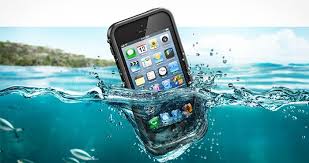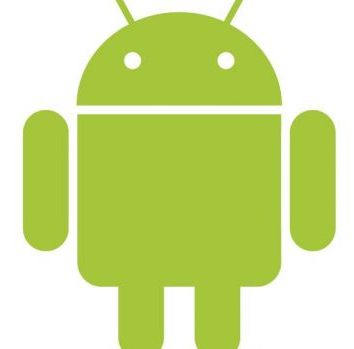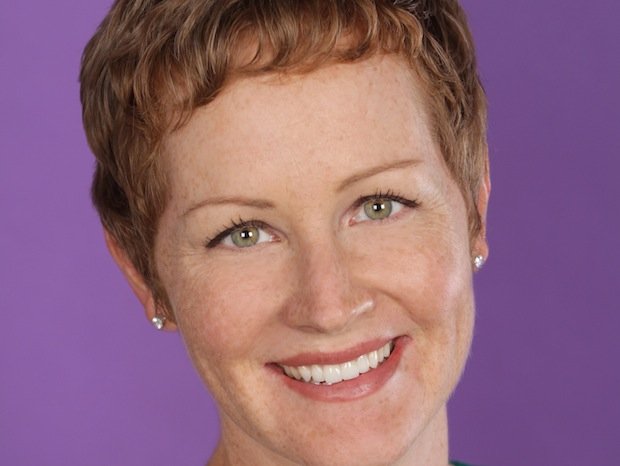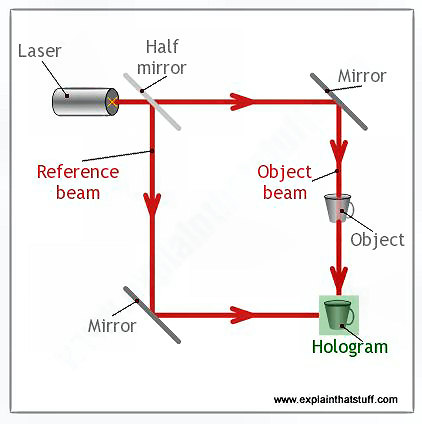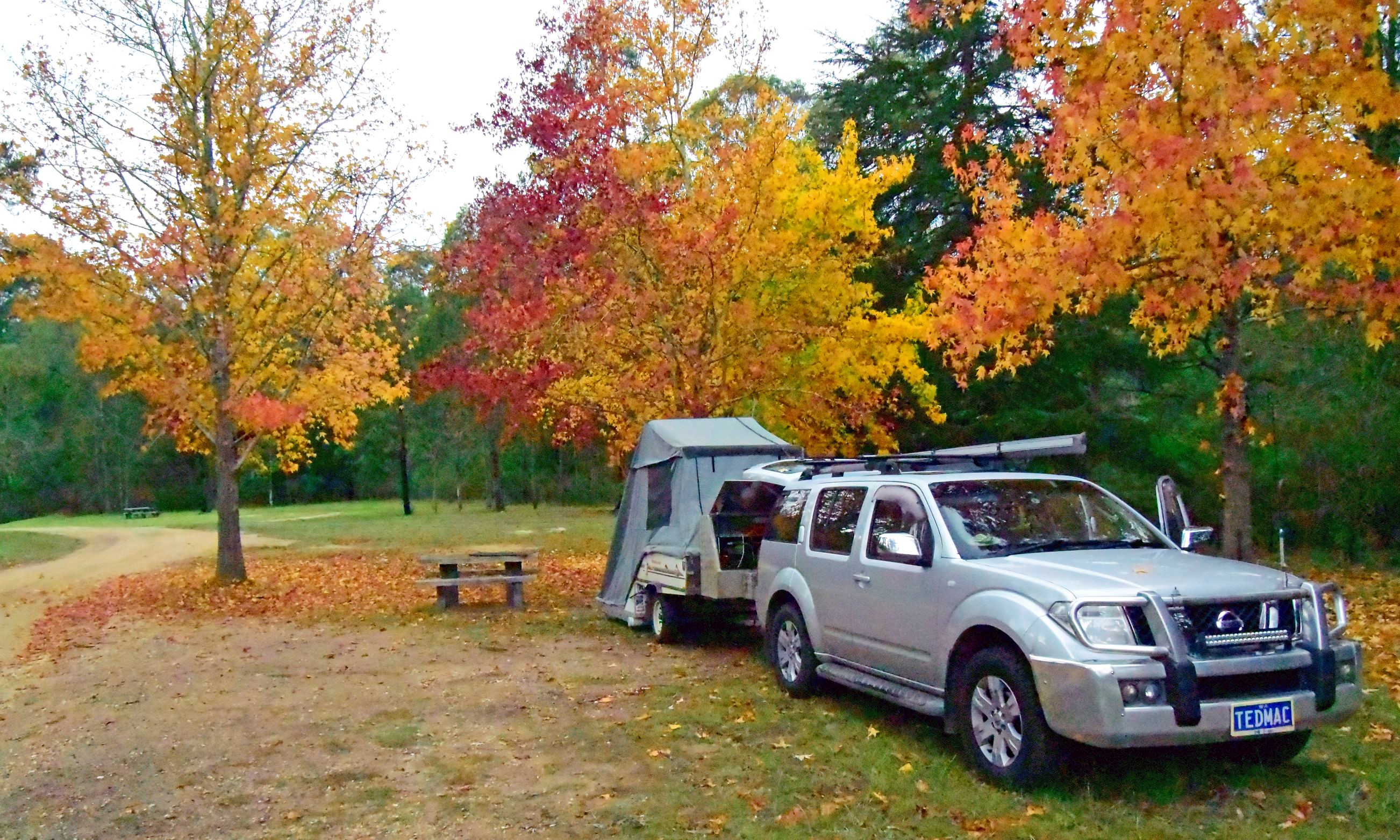|
|
||||
|
||||
|
Privacy Policy | Editorial Policy | Profit Policy | Join the Association | List of Members | Contact us | Index | Links |
||||
|
Back Go to page: 1 2 3 4 5 6 7 8 9 10 11 12 13 14 15 16 17 18 19 20 Forward
|
||||
|
Out in the Shed with Ted.
Ted McEvoy. |
||||
|
|
||||
|
Click the pic above to access the Kedron Wavell Services Club web site.
|
||||
|
Welcome to Kedron-Wavell Services Club. Located in the vibrant Chermside precinct, only 15 minutes north of Brisbane’s CBD, the Club is Brisbane’s award winning, premier function, entertainment and leisure destination With a cosmopolitan atmosphere and elegant features, Kedron-Wavell Services Club is the perfect place to meet your family and friends… or meet new friends! We’re easy to find and offer free off-street parking for members and guests. |
||||
|
The Kitchen
Kedron Wavell Services club.
After 6 years of service, the HQ café has been given a facelift and also a name change. It is now called The Kitchen. Not named after the cooking centre of a house as you might expect but instead named after Sister Alice Elizabeth Kitchen, a nurse within the Australian Army.
At 27 years of age, Alice, who was from Victoria, entered the Army in October 1914, during the First World War. Her duties included transporting the wounded to and from the Dardanelles as well as service in Egypt, England, France and on the field until her return to Australia on the 28th August, 1919.
More than 3000 Australian women served during WW1 and were exposed to the physical and mental strain from the battles. They endured situations that ranged from difficult to near impossible due to the lack of staff and medical provisions, not to mention working through freezing condition, gale-force winds, lack of food, medical conditions themselves and exposure to gas and bomb attacks.
Alice died in June 1950, aged 77.
As well as a new fresh look KWSC chefs have revamped the Menu. You now have the perfect atmosphere to catch up with friends for coffee or dinner, before catching a first class show or meeting over lunch or dinner with business colleagues.
The new name for the Café was chosen to honour the women who have and are serving our country.
The Kitchen is open Monday to Saturday from 9.30am and Sundays from 7.30am.
|
||||
|
|
||||
|
Brave women of the Red Cross arriving at Normandy Beach in 1944 to help the injured troops.
|
||||
|
Contents.
Backup your smart-phone's data Changes to access to Allied Health practitioners. Gold Card - is it on the way out? Hearing Services for Veterans. Private Health Insurance reforms
|
||||
|
20 Sept 2019 - 19 March 2020
|
||||
|
|
||||
|
Other changes: |
||||
|
|
||||
|
In Hansard, 18 Sept 2019. 14:30
Shayne Neumann
“My question is to the minister for veterans’ affairs. Can the minister confirm the government has a report in front of it which recommends scrapping the veterans’ gold card as we know it and will the minister be reducing the entitlements of veterans and their dependents, including veterans with a disability?”
Darren Chester:
“I assume by his question he is referring to the productivity commission report which was presented to the government six or eight weeks ago and released to the public six days later ... an extensive look at the department of veterans’ affairs which took over a year to do. The report of the government makes 61 recommendations, and as the shadow minister is aware, it is an extensive report, 938 pages and allowed a number of reforms proposed by the productivity commission.
The government has approved readily taking the time for further negotiation, further consultations ... with the ex-service community in relation to which of those recommendations it supports and which ones of those recommendations it doesn’t support. It would be inappropriate for the government to rule things in and out at this stage ... This government is proud of its record in relation to looking after veterans and their families. We are committed to that first. It is an area which has enjoyed ... enormous bipartisan support.
It would be inappropriate to rule things out at this stage or ruling things in at this stage given the consultation occurring with the ex-service community around the nation.
Another shadow minister is agreeing with my comments and ... what I would say, Mr Speaker, in relation to the question more broadly, this is a government providing an excess of $11bn a year to support 280,000 veterans and their families. We are working to make sure the veterans benefit enormously in the future in terms of reforms we make; the productivity commission report to the government outlines a whole range of recommendations and there is no intention whatsoever for this government to do anything detrimental to our veterans and their families.
We are working with the community, as you expect the government would do, and encourage those opposite to also listen to the concerns of the veteran community, work with us as we continue to reform the department of veterans’ affairs. The Australian people can be very proud of the fact that their taxes, taxpayers dollars, go to support men and women who put on the uniform, serve our nation, and when they transition to life, they are supported in a way the Australian people can be proud of.” |
||||
|
|
||||
|
DVA's Changes to process for allied health referrals.
Following adjustments in the 2018–19 Budget, unless you're a TPI, the way that a General Practitioner (GP) refers DVA clients to allied health providers is set to change from October 2019. Currently, a GP may refer a client to allied health services for up to a year (except for dental and optical, for which no referral is required). For chronic conditions, the GP can make an ongoing referral.
Under the new DVA arrangements, which will commence on 1 October 2019 (extended from 1 July 2019), GPs will be able to make a referral to allied health services for up to 12 sessions or one year, whichever comes sooner. This new arrangement will also apply to those clients with a chronic condition. Dental and optical services still will not need a GP referral. If you're a TPI there will be no change, the existing conditions will continue.
As these changes stemmed from the recent Budget, it makes you wonder the reasoning behind all this. Is it just a money saving thing after all, is it that the Government doesn't really care about its Vets - even though whenever the opportunity arises Ministers are only too eager to get their photo taken at a Military event and "pretend" they really care.
The new arrangements are called the ‘treatment cycle’. The treatment cycle is, they say, designed to improve the quality of care for DVA cardholders, with more GP involvement in ongoing care. At the end of the treatment cycle, the allied health provider will report back to the GP who will assess whether further treatment is required. If it is needed, the GP may refer the client for a further treatment cycle of up to 12 sessions, or may refer them to another provider if that better suits the patient’s needs, or may consider another type of treatment. The treatment cycle will not impose any hard ‘cap’ or limit on the number of clinically required services. DVA clients will receive as many services as determined to be clinically necessary by their GP.
The Government says DVA clients attend their GP on average 14 times per year. Seeking a referral for allied health services can be done as part of any GP visit. DVA is consulting with associations representing allied health providers and medical practitioners and ex-service organisations on the treatment cycle changes in the lead-up to the October 2019 implementation. DVA will evaluate the impact of the treatment cycle after the first year.
The referral changes will allow GPs to ensure that veterans are receiving the best possible care. This is to make sure that veterans are benefiting from their treatment, and to examine whether there may be better treatment options available. Subject to the success of the new treatment cycle, from February 2021 DVA plans to update key parts of the allied health schedules to help meet future health needs. (Read: further cuts)
**********
We can't understand the reasoning behind this. A Vet who suffers from PTSD, has a bad back and is overweight will normally see a Exercise Physiologist (EP) for the PTSD, a Physio for the back problem and a Dietician for the weight problem. Currently the Vet will (probably) see the EP twice a week and the Physio and Dietician once a week. As things stand, the Vet only needed three referrals each year, one for each of the Allied Health providers. With this new proposal, depending on when he/she starts with each practitioner, that vet will need to see his/her GP 8 times a year for referrals to see the EP, another 4 to get a referral for the Physio and possibly another 4 to see the dietician. That's a possible total of 16 visits to the GP instead of the previous 3. Not all Vets will see 3 different Allied Health practitioners, but a lot will and if the Government thinks a Vet's problems can be cured in 12 sessions they are kidding themselves.
Isn't that an example of smart thinking from our Government.
There are two obvious things wrong with this, first is the extra cost to DVA for all those extra GP visits which means there will be less money for other services, and secondly old Vets and people with PTSD don't like change, being made to see a GP every couple of months for a referral will turn a lot off and they will just drop out. We'll end up with a lot of Vets a lot worse off - for what benefit??
It's just a lot more work for a lot more people for not a lot of benefit.
Once again, you can't blame the DVA, these changes have resulted from Budget changes imposed on DVA by the Government. You can read the reasoning behind all this HERE.
|
||||
|
|
||||
|
Private Health Insurance Reforms.
The Australian Government has introduced reforms that will make private health insurance simpler and will help people choose the cover that best suits their needs.
For the first time, private health Insurers will be required to classify their private hospital cover into four easy to understand tiers: Gold, Silver, Bronze or Basic. What is, and is not covered in these tiers will be based on new minimum standard clinical categories. Clinical categories are simply types of hospital treatments described in a standard way.
If a policy covers a certain clinical category, then it must cover everything described as part of the category, not only some things. For example, 'bone, joint and muscle' category or 'heart and vascular system' category. This makes policies easier to compare. Private health insurers will place all policies into one of these tiers - Gold, Silver, Bronze or Basic, and will tell people where their policy has been placed. People can then check if the cover is right for their needs.
The tiers are intended to mandate minimum service coverage requirements generally reflecting the existing range of health insurance policies. Insurers will continue to be able to offer additional coverage above the minimum requirements in Basic Plus (+), Bronze Plus (+) and Silver Plus (+) product tiers.
Health insurers have until 1 April 2020 to introduce the tiers and clinical categories.
There is a lot more information HERE.
|
||||
|
LAC Bruce (“Slim”) Hurrell explaining to Sergeant Ted McEvoy that you cannot tow a Mirage aircraft in the same manner he used to tow a C130A Hercules.
Slim, with a few shandies on board, gave me an extensive explanation of towing angles, torque limitations within climes of high humidity levels, Pythagoras theorem, the chemical composition of the “shear pin” which was designed by the French to fracture when the towing became “exceeding manufacture’s aircraft relocation envelope” (got too hard).
In the rear of the pic, can be seen Brian “Burglar” Burgess keeping track of Slim’s verbal advice.
You may also notice a subtle remuneration-difference between the senior NCOs and the troops – I can be seen imbibing from an up-market, exclusive product from Selangor whilst Slim is utilising a common-as-muck glass container.
|
||||
|
A sweet love story.
A couple had only been married for two weeks and the husband, although very much in love, couldn't wait to go out on the town and party with his old buddies. So, he said to his new wife, "Honey, I'll be right back." "Where are you going, Coochy Coo?" asked the wife. "I'm going to the bar, Pretty Face," he answered. I'm going to have a beer with the boys." The wife said, "You want a beer, my love?" She opened the door to the refrigerator and showed him 25 different kinds of beer, brands from 12 different countries: Germany, Holland, Japan, India, etc. The husband didn't know what to do, and the only thing that he could think of saying was, "Yes, Lollipop ... but at the bar... You know ... they have frozen glasses... " He didn't get to finish the sentence, because the wife interrupted him by saying, "You want a frozen glass, Puppy Face?" She took a huge beer mug out of the freezer, so frozen that she was getting chills just holding it. The husband, looking a bit pale, said, "Yes, Tootsie Roll, but at the bar they have those hors d'oeuvres that are really delicious... I won't be long. I'll be! right back. I promise. OK?" "You want hors d'oeuvres, Poochie Pooh?" She opened the oven and took out 5 dishes of different hors d'oeuvres: chicken wings, pigs in blankets, mushroom caps, and little quiches. "But my sweet honey... at the bar. you know there's swearing, dirty words and all that..."
"You want dirty words, Cutie Pie? LISTEN UP CHICKEN SHIT! SIT YOUR ASS DOWN, SHUT THE HELL UP, DRINK YOUR BEER IN YOUR FROZEN MUG AND EAT YOUR HORS D'OEUVRES BECAUSE YOUR MARRIED ASS ISN'T GOING TO A DAMNED BAR! THAT SHIT IS OVER, GOT IT, JACKASS?"
and....they lived happily ever after. Isn't that a sweet story?
|
||||
|
Hearing Services for Veterans.
Hearing loss and tinnitus are two of the most common conditions experienced by former Australian Defence Force personnel. Due to the nature of military training and service, veterans of all ages may experience one or both of these conditions.
TPI members have access to a comprehensive range of free hearing aids, devices and services through the Australian Government Hearing Services Program (HSP) and the Department of Veterans’ Affairs (DVA).
Hearing Services Program
The Hearing Services Program (HSP) provides hearing services to all Australians, including veterans. The HSP offers more than 160 fully-subsidised, high quality hearing aids to meet the hearing needs of most veterans. Depending on your hearing needs, you may need to try a number of devices before finding the one that is right for you. Your hearing provider can access all devices from the HSP and will help you find the right option for you.
Hearing aids from the HSP are provided to you at no cost.
There are some hearing aids that are not provided through the HSP. These can be expensive and may not be necessary. The vast majority of veterans successfully manage their hearing with fully subsidised hearing aids and assistive listening devices. If your hearing provider recommends hearing aids to you that are not from the HSP, please ask them to contact DVA to discuss your circumstances. The best contact for DVA is health.approval@dva.gov.au. DVA does not provide reimbursement for hearing devices that are purchased without approval in advance.
DVA Services
Assistive listening devices
Assistive Listening Devices (ALDs) can help you hear better in specific situations and are provided at no cost to you, if you have a clinical need and are prescribed these by your GP or hearing provider. ALDs include:
ALDs can be used in conjunction with your hearing aid supplied through the HSP. Experts advise that the combination of a radio frequency ALD worn in conjunction with hearing aids provide superior performance in noisy environments and over distances than is possible from any hearing device alone.
Your hearing provider should consider ALDs as part of your hearing rehabilitation. ALDs are provided through DVA at no cost to you. Your hearing provider can submit a request to DVA to fund the ALDs prescribed for you.
If they have any questions they should contact DVA via health.approval@dva.gov.au.
Tinnitus services.
Mild tinnitus and hearing loss can usually be managed with fully subsidised hearing aids from the HSP. If your tinnitus is severe, your GP can refer you to an audiologist or Ear, Nose and Throat (ENT) specialist who will assess you and, if required, recommend treatment for funding by DVA.
Treatment may include devices to help with sleep and/or hearing aids with tinnitus settings. Clinical information will need to be provided to DVA for prior approval before treatment commences. Your provider will be able to provide to DVA your:
To request approval to fund your tinnitus treatment, your hearing provider will need to contact DVA via health.approval@dva.gov.au.
Exceptional circumstances – hearing aids
DVA can only fund hearing aids that are not covered by the HSP in exceptional circumstances when your hearing provider can show that your needs cannot be met by HSP hearing aids and/or ALDs. In these cases, your hearing provider must submit a request to DVA and have it approved before the device is provided. This is called prior approval.
To request prior approval, your hearing provider will need to contact DVA and provide:
Your provider will deliver all necessary information to DVA. DVA will review this and liaise with your hearing provider to find the best outcome.
For prior approval requests, your provider should contact DVA via health.approval@dva.gov.au.
Specialist hearing services.
If you live in a remote area or have complex communication needs you may need to access specialist hearing services. If this applies to you, your GP or hearing provider will discuss your options with you.
Click HERE for more information.
Note: White Card holders with only tinnitus as an accepted condition are not eligible for HSP. Support is available through the DVA tinnitus program
Problems with your hearing aid?
If you are having problems with your hearing devices, you should always see your hearing provider in the first instance. Depending on your circumstances, your hearing aid or device may need to be adjusted. Your hearing provider is best placed to do this.
Alternatively, your hearing provider may recommend an assistive listening device and/or fit you with new hearing aids to better suit your needs.
If your hearing provider suggests you should pay for a hearing aid:
If you need more information:
DVA have made available a booklet which you can download. It provides loads of useful information on hearing assistance. You can get a copy HERE.
Hearing Service Program
Phone: 1800 500 726 Email: hearing@health.gov.au Website: www.hearingservices.gov.au
DVA General Enquiries
Phone: 1800 555 254 Email: GeneralEnquiries@dva.gov.au Website: www.dva.gov.au/health-and-wellbeing/health-services-and-conditions/hearing-loss
Hearing or speech impairment assistance
If you are deaf, or have a hearing impairment or speech impairment, contact us through the National Relay Service (NRS):
|
||||
|
|
||||
|
Just getting ready for when I'm old! The twin turbo makes this old girl really boogie.
|
||||
|
|
||||
|
The fresh and airy revamped al-fresco area of The Kitchen at the Kedron Wavell Services Club.
|
||||
|
There are two theories on how to argue with a woman - neither works. |
||||
|
|
||||
|
Can you picture these scenes??
You turn your PC/laptop on and you hear a horrible screeching sound!!!! That’s the sound of a dead hard disk drive.
You lose your phone, it falls overboard on your next cruise, you drop it in carpark and truck runs over it, some mongrel steals it, etc, etc.
These events do happen.
What about all those hundreds of pictures you have, financial information, your many email contacts, etc, etc. How are you going to recover them? You’ve lost the lot if you have not carried out a backup.
There are three ways to Backup your Data.
Device users previously opted to back up their files as a means to prepare for restoration in the event their hard drive crashed. Now, users are facing a different threat — ransomware. If a device becomes corrupted by this form of malware, the only way to restore files is from backups. If these files are not current, the user faces the loss of any files that have yet to be backed up.
To prevent the loss of files users can backup their files in these three ways:
Upon doing these things, you will likely get the following message: “You can save your files to your computer, but it is recommended you use an external device”.
Beyond the Backup
Ultimately the backup method users choose is theirs. Regardless of which option picked, backing up your data is critical. With the growing cyber threats, it no longer seems to be a question of if, but when. Users never know when a malware infection may hit, or when your trusty hard drive is going to crash. Once this happens, the data could be gone forever. The only real hope of restoring it is having backup files available. Once you start backing up your files, it is important you maintain them. This means keeping them updated and ensuring they are free from malware.
iPhone backup.
Mobile phones have become the bedrock upon which we build our digital lives but unfortunately by their nature phones are almost always in danger of getting lost, damaged, or stolen. Most iPhone users think their phones are automatically backed up to iCloud, however unless you pay for an upgrade you are only backing up a maximum of 5GB of iPhone data. That means you will likely lose all of your precious photos, contacts and files unless you have a backup plan in place.
Having a good backup strategy means that you're protected no matter what happens. Fortunately backing up your iPhone isn't that difficult. Click the links below for the different options available |
||||
|
|
||||
|
Android backup – depends on your model
Just a few years ago, mobile phones were basic devices that could send and receive voice calls but not do much else. These days, smartphones are about as significant as full-fledged desktop PCs and laptops, and are filled with valuable email messages, contacts, videos, photos, and documents. People depend on their smartphones every day and losing the data those devices contain can be as disastrous as suffering through a hard-drive crash on a proper PC. That’s why it’s important that you back up your phone as regularly and carefully as you do your other devices.
Most major smartphone platforms can back up their data to a computer or to the Internet. In the event of a crash—which, for phones, could literally mean crashing onto the floor and shattering, the data can be easily restored when the device is repaired. Here are a couple of resources you can use with popular Android smartphones to ensure that all of your data is properly backed up.
Let Google back up your settings
Google’s Android offers the ability to seamlessly save certain settings like wireless network preferences, bookmarks, and custom dictionary words to their servers using your Google account. To enable it:
Though the specific procedure may slightly vary between Android devices, the process is generally the same. The above example is for Google Nexus S devices.
Back up additional settings
For data that Google doesn’t directly back up (such as SMS/MMS messages, playlists, and alarms), you can use third-party software. One popular choice is MyBackup Pro, which allows secure backups to remote servers or your own memory card, and automated scheduling. The software isn’t free (it costs $4.99), but you can try it free for a trial period to see whether it meets your needs. To begin backing up, simply download the MyBackup Pro app from the Google Play store, and then launch the app from your phone.
Back up pictures and videos manually
For your other important data, you can back up your smartphone to your computer manually. Connect your phone to your computer via a USB cable, and it will show up as an external hard drive. (For Macs, you may need to first download a tool called Android File Transfer). Select the disk, and navigate to the DCIM folder. This folder contains your video and picture data. Select the data files that you want to back up, and drag them to an area on your computer, such as your desktop. The selected files will copy over to your computer.
Back up pictures, music, and videos automatically
If the manual process above is too cumbersome, you can use third-party software to automate copying your smartphone data to your computer. One popular method is to use AirSync from DoubleTwist, which will sync data between your computer (Mac or Windows) and your smartphone, similarly to the way iTunes works for iOS users. AirSync can also sync wirelessly over your network. Another notable piece of software is The Missing Sync for Android, an all-in-one sync and backup program that is easy to use (and again offers wireless syncing), but has a higher price tag than other choices.
If these options don’t appeal to you, consider signing up for free services like Google Music and Google Photos, which make backing up your music, photos, and videos to their Internet services easy.
A truism in the IT world is that there are two types of disk drives.
1. First are those disk drives which have failed and 2. Those disk drives which will fail.
Over to you.
|
||||
|
My son wanted to borrow my cordless drill - sure, I said, here it is.
|
||||
|
|
||||
|
The kitchen, a dining experience at Club prices. Give it a try.
|
||||
|
Not for me
People actually drive along THESE roads.
|
||||
|
A friend is someone who listens to your bullshit, tells you that it is bullshit and listens some more. |
||||
|
|
||||
|
The future is rapidly becoming our reality.
Microsoft is all about enabling people to do things they never dreamed they could do. Microsoft’s own Julia White never imagined she could stand on the stage at this week’s Microsoft Inspire 2019 event in Las Vegas, whilst a life-size hologram of her could simultaneously stand on a stage in Tokyo and talk perfect Japanese.
Like any tech company, Microsoft loves its technology, words like Azure and HoloLens have become part of the lexicon on the company’s Redmond campus, but to the rest of the world, we are still getting used to the potential of artificial intelligence and virtual reality.
Indeed, what’s also important is how these capabilities work together … when you add Virtual Reality (VR) to the cloud and you combine AI with neural speech … maybe in the future adding in a bit of 3D printing and biorobotics too. The point is what they enable you to do, today and tomorrow.
Recently in Las Vegas, Julia White was certainly real and her Japanese speaking clone seemed pretty authentic too. The future is rapidly becoming our reality. The challenge is to bring these capabilities to life in useful, relevant and progressive ways – to make life better, to help us all achieve more.
As for how Microsoft pulled off this remarkable demo, the first step was creating White’s seemingly identical, life-sized hologram. To do that, she visited one of the company’s Mixed Reality capture studios, where she was recorded delivering her presentation in English. That would be enough to allow anyone wearing one of Microsoft’s HoloLens devices to feel like White was standing in front of them, delivering her speech. To then make it seem like White was speaking Japanese, Microsoft used its neural text-to-speech technology to create White’s “personalized voice signature.” Once it had that, it could have the hologram say anything, in any language, and the audio would sound like White’s voice.
Of course, an international audience could still benefit from a presentation like White’s even if Microsoft didn’t turn her into a hologram or use AI to replicate her voice — they could watch her on their television or computer screen and listen along as a human translator repeated White’s words in their native tongue. But this technology removes so many of those barriers between the speaker and the audience.
Imagine a world leader delivering a speech and every person across the globe feeling like the leader was in the room with them and speaking the local language. Or a world-class professor giving a lecture that anyone could attend and understand — without leaving their homes and without learning their teacher’s language. And then there’s the exciting possibility of what might come next. Mixed reality contact lenses that do away with the need for a headset altogether? AI that can translate speech in the native speaker’s voice in real-time?
As White put it at the end of her demo, “All of these technologies exist today". See the video below.
|
||||
|
|
||||
|
How many holograms have you got in your pocket? If you're carrying any money, the answer is probably "quite a few." Holograms are those shiny, metallic patterns with ghostly images floating inside them that help to defeat counterfeiters: they're very hard to reproduce so they help to stop people printing illicit copies of banknotes. Credit cards usually have holograms on them too and software packages also frequently have hologrammatic seals to prove their authenticity.
How can you store a beam of light?
Light is an amazing form of energy that zaps through our world at blistering speeds: 300,000 km (186,000 miles) per second—enough to whip from the Sun to Earth in just over 8 minutes. We see things because our eyes are sophisticated light detectors: they constantly capture the light rays bouncing off nearby objects so our brain can construct an ever-changing impression of the world around us. The only trouble is that our brain can't keep a permanent record of what our eyes see. We can recall what we thought we saw, and we can recognize images we've seen in the past, but we can't easily recreate images intact once they've disappeared from view.
Back in the 19th century, ingenious inventors helped to solve this problem by discovering how to capture and store images on chemically treated paper. Photography, as this became known, has revolutionized the way people see and engage with the world and it gave us fantastic forms of entertainment in the 20th century in the form of movies and TV. But no matter how realistic or artistic a photograph appears, there's no question of it being real. We look at a photo and instantly see that the image is dead history, the light that captured the objects in a photograph vanished long ago and can never be recaptured.
What is a hologram?
Holograms are a bit like photographs that never die. They're sort of "photographic ghosts": they look like three-dimensional photos that have somehow got trapped inside glass, plastic, or metal. When you tilt a credit-card hologram, you see an image of something like a bird moving "inside" the card. How does it get there and what makes it seem to move? What makes it different from an ordinary photograph?
Suppose you want to take a photograph of an apple. You hold a camera in front of it and, when you press the shutter button to take your picture, the camera lens opens briefly and lets light through to hit the film (in an old-fashioned camera) or the light-sensitive image sensor chip (the CCD or CMOS chip in a digital camera). All the light traveling from the apple comes from a single direction and enters a single lens, so the camera can record only a two-dimensional pattern of light, dark, and colour.
If you look at an apple, something different happens. Light reflects off the surface of the apple into your two eyes and your brain merges their two pictures into a single stereoscopic (three-dimensional) image. If you move your head slightly, the rays of light reflected off the apple have to travel along slightly different paths to meet your eyes, and parts of the apple may now look lighter or darker or a different colour. Your brain instantly recalculates everything and you see a slightly different picture. This is why your eyes see a three-dimensional image.
A hologram is a cross between what happens when you take a photograph and what happens when you look at something for real. Like a photograph, a hologram is a permanent record of the light reflected off an object but a hologram also looks real and three-dimensional and moves as you look around it, just like a real object. That happens because of the unique way in which holograms are made.
You make a hologram by reflecting a laser beam off the object you want to capture. In fact, you split the laser beam into two separate halves by shining it through a half-mirror (a piece of glass coated with a thin layer of silver so half the laser light is reflected and half passes through (sometimes called a semi-silvered mirror). One half of the beam bounces off a mirror, hits the object, and reflects onto the photographic plate inside which the hologram will be created. This is called the object beam. The other half of the beam bounces off another mirror and hits the same photographic plate. This is called the reference beam. A hologram forms where the two beams meet up in the plate.
Laser light is much purer than the ordinary light in a flashlight (torch) beam. In a flashlight beam, all the light waves are random and jumbled up. Light in a flashlight beam runs along any old how, like schoolchildren racing down a corridor when the bell goes for home time. But in a laser, the light waves are coherent: they all travel precisely in step, like soldiers marching on parade.
When a laser beam is split up to make a hologram, the light waves in the two parts of the beam are traveling in identical ways. When they recombine in the photographic plate, the object beam has travelled via a slightly different path and its light rays have been disturbed by reflecting off the outer surface of the object. Since the beams were originally joined together and perfectly in step, recombining the beams shows how the light rays in the object beam have been changed compared to the reference beam. In other words, by joining the two beams back together and comparing them, you can see how the object changes light rays falling onto it and that's simply another way of saying "what the object looks like." This information is burned permanently into the photographic plate by the laser beams. So a hologram is effectively a permanent record of what something looks like seen from any angle.
Now this is the clever part. Every point in a hologram catches light waves that travel from every point in the object. That means wherever you look at a hologram you see exactly how light would have arrived at that point if you'd been looking at the real object. So, as you move your head around, the holographic image appears to change just as the image of a real object changes. And that's why holograms appear to be three-dimensional. Also, and this is really neat, if you break a hologram into tiny pieces, you can still see the entire object in any of the pieces, smash a glass hologram of a cup into bits and you can still see the entire cup in any of the bits!
Trees.
As you may be aware, I’m not a big fan of FaceBook whereby some of my dear, well-meaning friends are so excited to display their latest cake creation, the first time the new puppy does his/her first doo-doo in the designated area, etc, etc. I therefore am delighted to share some of my recent memories via this email. If you consider it to be akin to a “slide-night”, may I remind you that the button so marked “Delete” will give you the power of self-censorship.
|
||||
|
|
||||
|
Two years ago, I decided to undertake my “Lap Of Oz” to catch up with old friends and to experience this fantastic country of ours. Being from GodZone (ie Perth, WA), we don’t have the pleasure of seeing those beautiful deciduous trees which display a riot of colour during the winter months. (In saying that and if you are a wildflower lover, the WA wildflower season needs to be seen and appreciated).
The previous pic was shot on 17th May 2017 at “Bob’s Camp” – approx. 15Km north of Bairnsdale, Vic. The campsite has “long-drop” dunnies and open-fired facilities. I was the ONLY person at this lovely spot until the morning when a mob of cattle moved in to enjoy their breakfast of sweet pasture.
The colours in the trees and on the ground are spectacular.
Go see it!!!
|
||||
| If you watch the video below - I'm now in South America. | ||||
|
|
||||
|
|
||||
|
DVA Claims out to tender?
DVA are not putting their claims department out to tender. If you've heard anything to the contrary, it is wrong. Listen to THIS.
|
||||
|
Blessed are those who are cracked, for they are the ones who let in the light!
|
||||
|
Ok, Ok!! – I’m going back to my room now!!
I'm Ted Mac - and you're not!
|
||||
|
|


